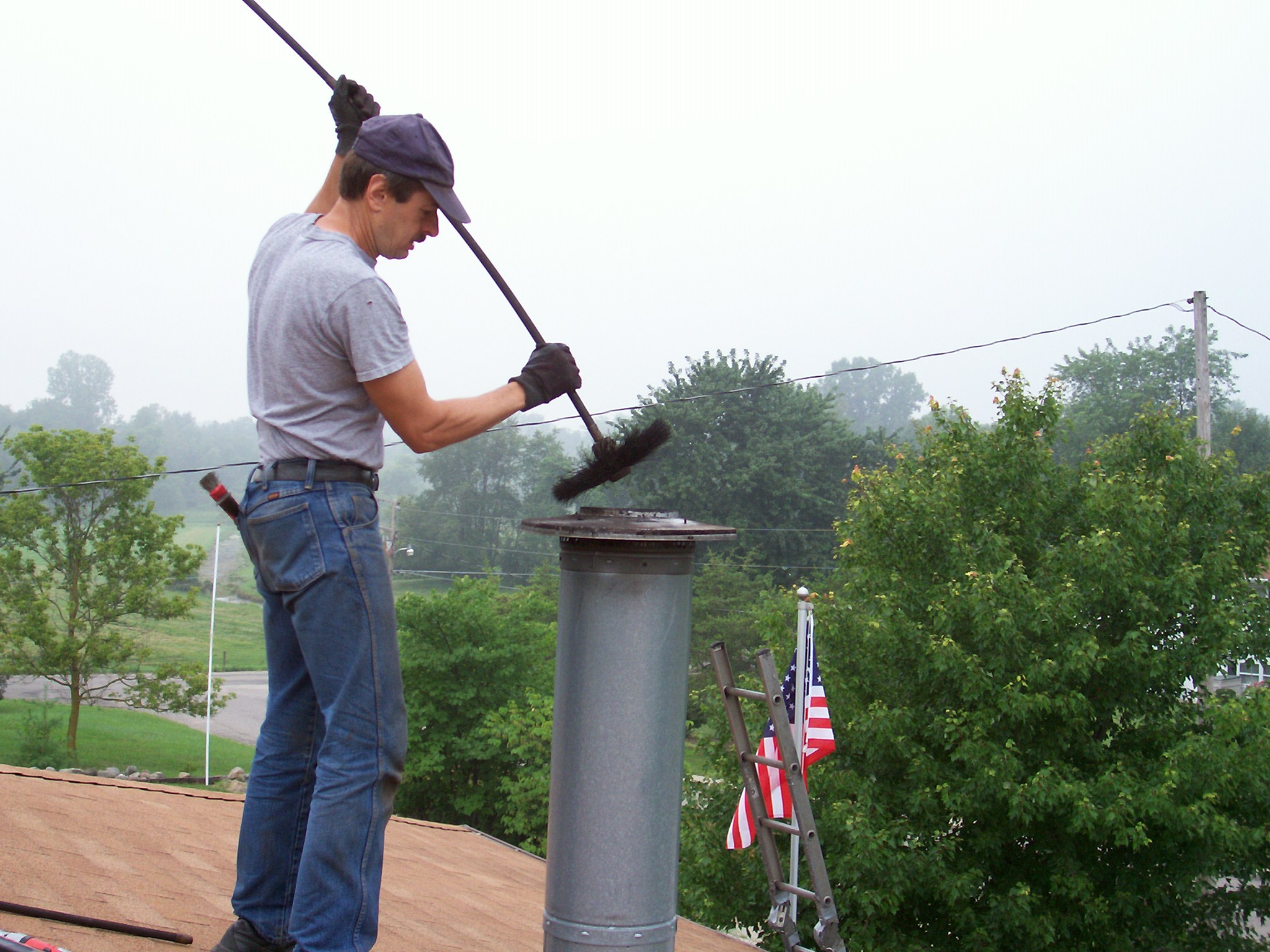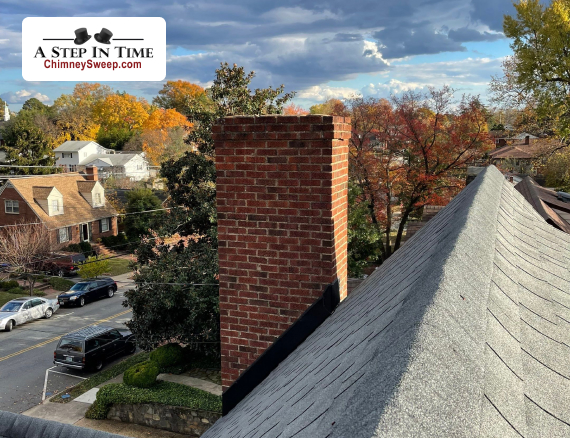Chimney Clean San Jose Providers: Your Trusted Partner for a Safer Home
Chimney Clean San Jose Providers: Your Trusted Partner for a Safer Home
Blog Article
Chimney Cleaning: A Step-by-Step Guide to Preserving a Healthy And Balanced Fire Place
Routine chimney cleaning is an important component of this upkeep routine. By following these standards, you will find out exactly how to gather the necessary tools, do a visual inspection, clear particles and accumulation, move the smokeshaft, and finish the last steps for ongoing maintenance.
Gathering the Necessary Tools
To start the process of chimney cleaning, the initial action is to gather all the required devices. Having the right tools available makes sure a risk-free and reliable cleaning process. The important tools for smokeshaft cleansing consist of a smokeshaft brush, a ladder, ground cloth or plastic sheets, a flashlight, gloves, and a dust mask.
The chimney brush is the key device utilized to get rid of residue and creosote buildup from the flue. It is very important to choose a brush that matches the shapes and size of your chimney. Additionally, a sturdy ladder is needed to access the smokeshaft safely. Make sure the ladder is stable and positioned on a flat surface area.
A flashlight is important for inspecting the smokeshaft's interior for any type of signs of damage or blockages. Gloves are needed to safeguard your hands from soot and other dangerous compounds, while a dust mask helps protect against the breathing of particles.
Carrying Out a Visual Evaluation

Using a flashlight, meticulously examine the interior walls of the smokeshaft for any kind of indications of damages, such as cracks, loose blocks, or mortar deterioration. These issues can endanger the chimney's architectural honesty and posture a serious security danger. Furthermore, look for any type of signs of water damages, such as discoloration or efflorescence, as this can show a leaking chimney cap or blinking.
Following, evaluate the smokeshaft flue for any type of blockages. Search for the presence of nesting products, leaves, or particles that might have built up over time (Chimney Sweep San Jose). These obstructions can limit air movement, increase the threat of carbon monoxide gas buildup, and prevent the smokeshaft's capability to successfully air vent smoke
During the visual examination, pay attention to the chimney crown, which is the top surface that safeguards the chimney from wetness. Try to find splits or missing out on pieces in the crown, as these can enable water to go into the smokeshaft and cause considerable damage.
Clearing Up Particles and Accumulation
After finishing the visual examination, the following action in chimney cleansing involves cleaning debris and build-up to make sure the appropriate performance of the fire place. Gradually, debris such as leaves, twigs, and animal nests can build up in the smokeshaft, obstructing the circulation of air and causing possible fire hazards. Additionally, the build-up of creosote, a tar-like compound, is an usual trouble in smokeshafts. Creosote is created when wood or fossil gas are melted, and if not gotten rid of regularly, it can result in smokeshaft fires.
To remove particles and accumulation, it is very important to utilize the right devices and strategies. A chimney brush, especially made for this function, is utilized to get rid of loosened debris and creosote from the chimney wall surfaces. It is important to choose a brush that matches the dimension of your smokeshaft to make sure reliable cleansing. Prior to starting the cleansing process, see to it to cover the fire place available to stop debris from coming under the room.
To begin, insert the brush right into the smokeshaft and relocate it up and down, scrubbing the wall surfaces to remove any kind of particles or creosote. Make use of a sweeping motion to make certain extensive cleansing. It is suggested to begin with the base and work your means up. Once the brushing is complete, utilize a vacuum or a smokeshaft brush expansion to eliminate the dislodged particles from the fireplace.

Brushing Up the Smokeshaft
The sweeping of the smokeshaft is an important action in keeping a healthy fireplace. Over time, residue, creosote, and other debris can gather in the chimney, blocking the circulation of air and possibly causing a harmful build-up of combustible materials. Routine chimney sweeper not just guarantees proper ventilation however likewise stops the risk of smokeshaft fires.
When it pertains to chimney sweeping, it is highly suggested to work with an expert chimney sweeper. visit our website These specialists have the understanding and devices needed to securely and effectively remove the built up particles from your chimney. They will generally begin by covering the fire place to prevent any residue or particles from entering your home. Using specialized brushes and vacuum tools, they will certainly after that clean up the smokeshaft inside out, making certain that all the accumulation is extensively click to read eliminated.
It is important to note that the frequency of smokeshaft sweeping relies on a number of elements, such as the sort of gas utilized, the quantity of usage, and the sort of chimney. As a basic general rule, it is recommended to have your smokeshaft brushed up and inspected a minimum of yearly.
Final Steps and Upkeep
To make certain ongoing upkeep and optimal performance, it is vital to carry out routine maintenance practices and comply with an extensive set of final actions for your fire place. After completing the chimney sweeping process, the initial step in the final maintenance is to examine the smokeshaft cap and trigger arrestor. These parts avoid debris, animals, and rain from entering the chimney. Look for any indications of damage or blockage, and clean or fix them if necessary.

Inspect the inside of the fire place for any kind of indications of deterioration, such as cracks, loosened bricks, or harmed mortar. These problems can influence the architectural honesty and security of the fireplace. Seek advice from a specialist chimney move or mason to address them quickly. if any type of troubles are found.
Finally, take into consideration installing carbon monoxide detectors near the fireplace and throughout your home. These devices can spot the existence of this harmful gas, providing an early caution system in situation of page a smokeshaft malfunction. Regularly examine and replace the batteries in these detectors to ensure their efficiency.
Final Thought
In verdict, adhering to a step-by-step guide for smokeshaft cleaning is important in preserving a healthy fireplace. By gathering the needed tools, doing a visual examination, removing particles and accumulation, and brushing up the smokeshaft, homeowners can make sure the security and performance of their fireplace.
The crucial devices for chimney cleansing include a chimney brush, a ladder, decline cloths or plastic sheets, a flashlight, gloves, and a dust mask.
A chimney brush, especially developed for this function, is used to eliminate loose debris and creosote from the chimney wall surfaces. Normal chimney brushing up not just makes certain proper ventilation yet likewise prevents the threat of smokeshaft fires.
When it comes to chimney sweeping, it is very recommended to hire an expert chimney move. After finishing the chimney sweeping process, the first action in the final maintenance is to check the smokeshaft cap and trigger arrestor.
Report this page